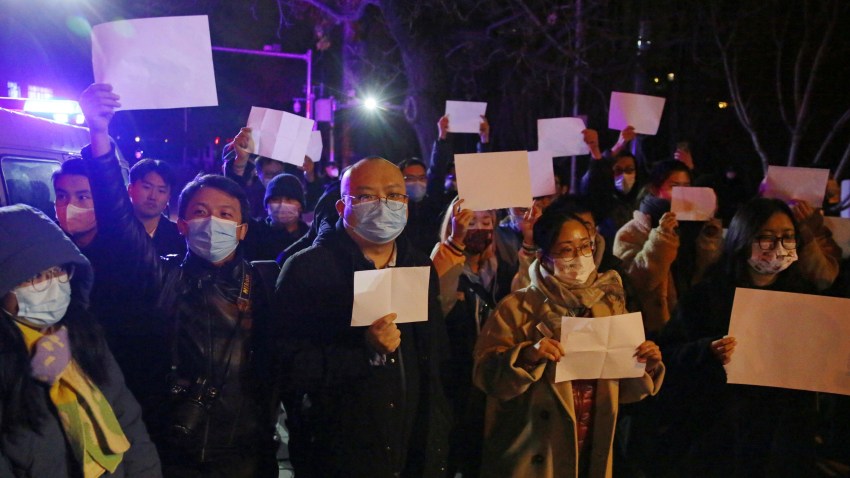In late November 2022, protests erupted in cities across China, memorializing the victims of an apartment fire in Urumqi, the capital of China’s Xinjiang Uyghur Autonomous Region. The firefighters’ response to the blaze was reportedly hindered by physical barriers put in place as part of China’s zero-COVID measures. The demonstrators demanded an end to draconian pandemic-related restrictions. In some locations, however, protesters also called for freedom of expression, elections and an end to Xi Jinping’s leadership of the Chinese Communist Party.
The protests immediately drew comparisons to the massive and sustained political demonstrations of 1989, as well as to the many thousands of more localized and group-specific protests that have broken out in China since 1990. This raises questions of how the present protests differ from previous ones, whether they represent a new type of protest, and how outside policymakers can best respond to citizen activism in China. Viewing past and present protests through the prism of “opportunity structures” for protest in China helps us answer these questions.
Scholars studying protest agree that to understand activists’ choices and behavior, one must examine the political context, or structure, within which they act. These “opportunity structures” constrain or facilitate the ability of disgruntled citizens to engage in protest. Such structures include features of the international system; domestic political regime, such as government institutions, laws, policies and divisions among political leaders; civil society, meaning autonomous groups such as churches wherein citizens connect; and communications/surveillance technology.

